Eight Australian universities, both public and private, have cancelled some offers to international students, as the government tightens student visas to reduce immigration.
Western Sydney, Macquarie, Wollongong, Latrobe, Deakin, Central Queensland, Edith Cowan Universities and Kaplan Business School (KBS) have recently sent notices of cancellation or withdrawal to international students and their agents. The universities said they would refund all fees paid by applicants.
"Your start date is approaching, but you have not yet received your visa following the government's changes. The University has determined that you are unlikely to meet the new visa criteria and your offer of admission has been cancelled," read an email from the University of Wollongong, responding to a Nursing applicant.
This is believed to stem from the university risk ranking regulations, part of the new immigration policy of the Australian Department of Home Affairs, announced in December last year. Based on data on students who previously violated visa regulations, universities are classified into three groups. Of which, international students at Group 1 schools will be given priority when applying. For schools at Level 2 and 3, visa applications will be processed more slowly, requiring additional evidence of some information such as English ability and finances.
The specific list is as follows:
| Group | Name of the higher education institution |
| 1 | Australian National University, Canberra, Australian Catholic, Macquarie, Western Sydney, New South Wales, Sydney, Sydney Technology, Bond, Griffith, Queensland Technology, Queensland, South Australia, Sunshine Coast, Adelaide, Deakin, Monash, RMIT, Swinburne Technology, Melbourne, Curtin, Murdoch, Notre Dame Australia, Western Australia WA |
| 2 | Charles Sturt University, Southern Cross, Wollongong, New England, Newcastle, Charles Darwin, Central Queensland, James Cook, Southern Queensland, Flinders, Torrens, Tasmania, Latrobe, Victoria, Edith Cowan |
| 3 | Federation University Australia |
Currently, 18 universities are in groups 2 and 3. This table is expected to be updated in March or April, making many universities worried, according to a representative of the Australian Education Association in India (AAERI).
So, to protect their reputations, many schools have canceled their offers of admission, mainly for international students from India, Nepal and Pakistan. This group has a high rate of visa refusal. In the second half of 2023, the visa acceptance rate of international students from Pakistan decreased by 37%, India by 39% and Nepal by 52%.
"They felt the need to withdraw, in case further visa refusals would lead to a higher level of risk," AAERI president Nishi Borra said, adding that the visa refusals were not due to fraud, but could be due to authorities doubting the student's intentions in coming to Australia.
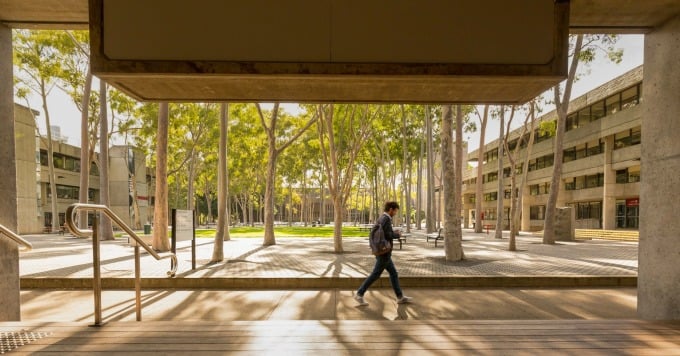
A corner of Macquarie University campus, Australia. Photo: Macquarie University Fanpage
Australia has tightened visa requirements for international students since July last year, after introducing a series of liberal policies to attract workers after the Covid-19 pandemic. Statistics from the Department of Home Affairs show that about 19% of international students were not granted visas in the second half of 2023, the highest in the past three years.
By December 2023, the country has announced plans to halve its immigration intake over the next two years. The English language requirement for undergraduate students will increase from 5.5 to 6.0 IELTS, and for postgraduate students, the requirement will be 6.5 instead of 6.0. In addition, international students will have to take a new test called The Genuine Student Test (GST), replacing the old Temporary Entrant (GTE) report, to ensure that the visa is used for study purposes. In addition, second visa applications by students to extend their stay will be subject to closer scrutiny.
Australia is currently one of the most popular study abroad destinations in the world, after the US and Canada. According to statistics from the Australian Department of Education, as of October last year, the country had about 768,000 international students, with the largest numbers coming from China, India, and Nepal. Vietnam has more than 31,000 international students here, ranking 6th.
Doan Hung ( According to The Age, The Pie News, THE )
Source link




![[Photo] Closing of the 11th Conference of the 13th Central Committee of the Communist Party of Vietnam](https://vstatic.vietnam.vn/vietnam/resource/IMAGE/2025/4/12/114b57fe6e9b4814a5ddfacf6dfe5b7f)
![[Photo] Overcoming all difficulties, speeding up construction progress of Hoa Binh Hydropower Plant Expansion Project](https://vstatic.vietnam.vn/vietnam/resource/IMAGE/2025/4/12/bff04b551e98484c84d74c8faa3526e0)








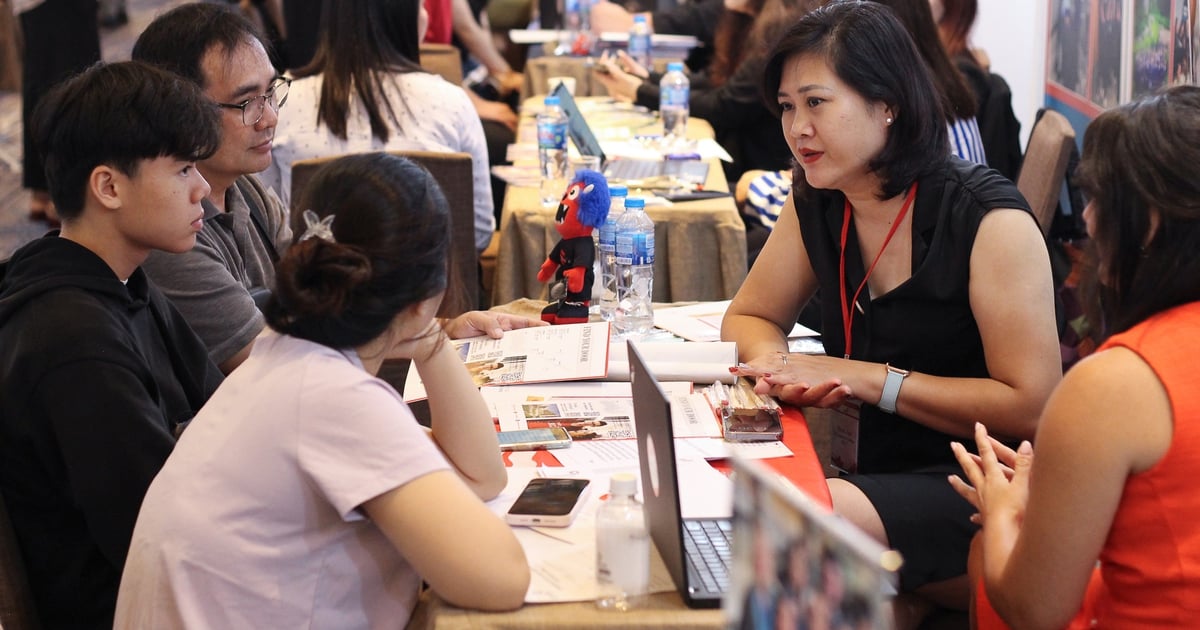

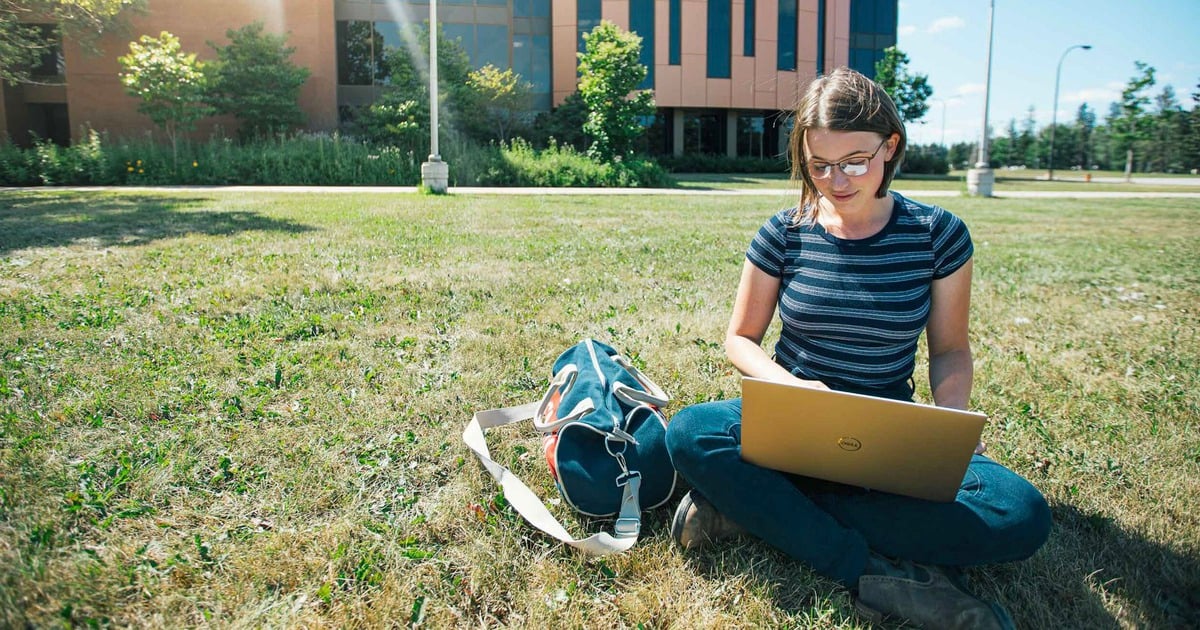
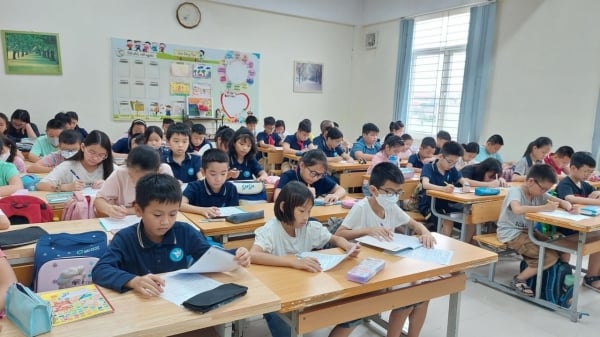

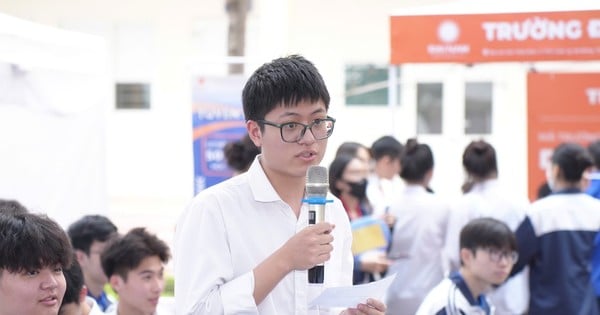


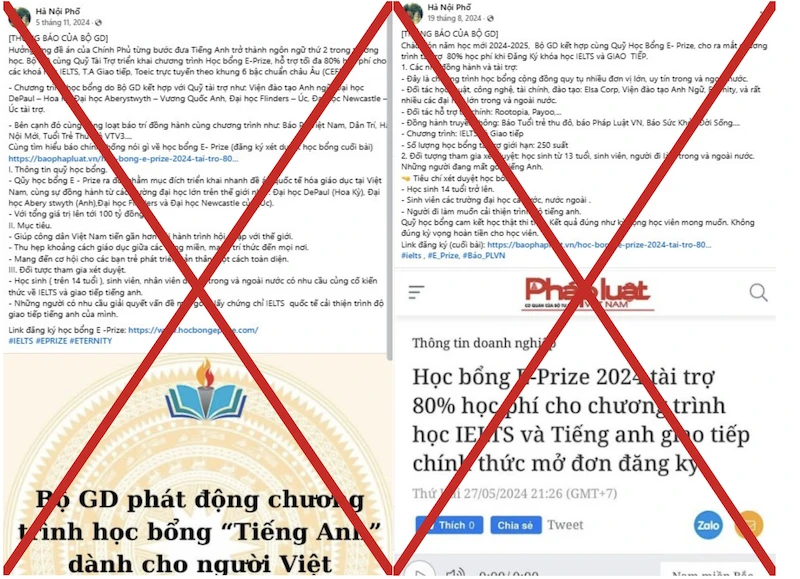








































































Comment (0)